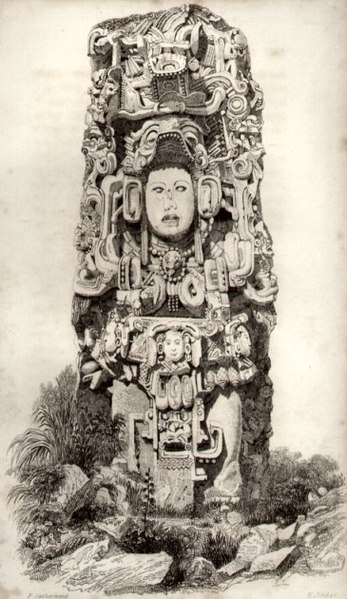The Rosetta Stone is a stele of granodiorite inscribed with three versions of a decree issued in 196 BC during the Ptolemaic dynasty of Egypt, on behalf of King Ptolemy V Epiphanes. The top and middle texts are in Ancient Egyptian using hieroglyphic and Demotic scripts, respectively, while the bottom is in Ancient Greek. The decree has only minor differences across the three versions, making the Rosetta Stone key to deciphering the Egyptian scripts.
The Rosetta Stone on display in the British Museum, London
Report of the arrival of the Rosetta Stone in England in The Gentleman's Magazine, 1802
Left and right sides of the Rosetta Stone, with inscriptions: (Left) "Captured in Egypt by the British Army in 1801" (Right) "Presented by King George III".
Experts inspecting the Rosetta Stone during the Second International Congress of Orientalists, 1874
A stele, or occasionally stela when derived from Latin, is a stone or wooden slab, generally taller than it is wide, erected in the ancient world as a monument. The surface of the stele often has text, ornamentation, or both. These may be inscribed, carved in relief, or painted.
Stele N from Copán, Honduras, depicting King K'ac Yipyaj Chan K'awiil ("Smoke Shell"), as drawn by Frederick Catherwood in 1839
Stele to the French 8th Infantry Regiment. One of more than half a dozen steles located on the Waterloo battlefield.
The funerary stele of Thrasea and Euandria, c. 365 BC
Stela of Iddi-Sin, King of Simurrum. It dates back to the Old Babylonian Period. From Qarachatan Village, Sulaymaniyah Governorate, Iraqi Kurdistan. The Sulaymaniyah Museum, Iraq.








